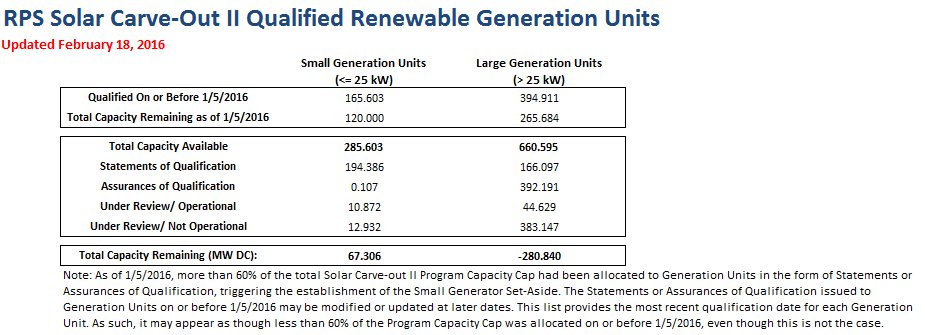On February 9th, the U.S. Supreme Court ordered in a 5-4 decision to issue an unprecedented emergency stay on the Environmental Protection Agency’s (EPA) Clean Power Plan (CPP), as states and other stakeholders continue to present legal challenges before lower courts. The Clean Power Plan calls for a 32% reduction of carbon dioxide emissions by 2030 (from a 2005 baseline), requiring states to present their initial compliance plans to the EPA by 2022.
The implementation of the CPP could encourage the states to consider instituting new–or to improve existing–state Renewable Portfolio Standards (RPS) to help meet their goals. Today, only twenty-nine states, Washington, D.C., and two territories have adopted an RPS. Seven of these RPS states have a solar carve out, where a specific percentage of renewable energy requirements must be satisfied with solar energy resources. In addition, eight states and two territories have set some form of renewable energy goals. The CPP’s call to action will mandate all 50 states to develop cost-effective plans to combat climate change, improve air quality and create new jobs.
Twenty-nine states, the U.S. Chamber of Commerce and other entities invested in fossil fuels are challenging the CPP. Many of these CPP opponents argue that the EPA is acting beyond its authority and that, at a minimum, the CPP’s merits must be fully reviewed before imposing federally mandated plans upon the states. CPP opponent Wyoming Governor Matt Mead stated that he is “thrilled” that the EPA’s climate rule was stayed, because the stay may leave the door open for the new administration to evaluate whether there is a “better way to go” than what the CPP would require. However, it is possible that the issue will be brought back to the Supreme Court for a decision before the new president is sworn in on January 20, 2017, leaving time for President Obama to make the Plan law before he leaves the White House.
Litigation in the lower courts is scheduled to begin on June 2, 2016, and a ruling from the Court of Appeals is expected by the end of 2016. Once an appellate decision is made, the case is expected to go back to the Supreme Court. But the sudden passing of Supreme Court Justice Antonin Scalia adds additional uncertainty and complexity to the future of the CPP, as the late Justice Scalia’s successor may very well shape the future of the Clean Power Plan. A new voice on the Court could result in a vote in favor of the CPP, which could swing the 5-4 decision in favor of lowering carbon dioxide emissions and fostering a sustainable change.
Alas, it remains to be seen if President Obama will successfully appoint a new Justice before the end of his term, potentially leaving the appointment to the next President. And if a new Justice is not appointed before the Court revisits the CPP, there is a chance we could see 4-4 decision from the Court on the issue, which would mean that the Court of Appeal’s ruling would be automatically upheld. As D.C. plays tug-of-war over the Supreme Court vacancy, CPP opponents are working to convince the lower courts that the CPP would spell economic disaster for the nation, while CPP’s proponents assert that the Plan would guide our nation away from coal-fired electricity and forestall millions of metric tons of greenhouse-gas emissions.
The Obama Administration vowed to press forward with the President’s climate policy. If approved, the Clean Power Plan would set a historic precedent on how environmental laws are structured and serve as an example for national and global policies. The CPP was instrumental in influencing heavily polluting nations such as China and India to sign the Paris Agreement at the 2015 United Nations Climate Change Conference. The Paris Agreement aims to prevent, mitigate and respond to climate change. If the Clean Power Plan is ultimately struck down, the decision would challenge the implementation of national and worldwide environmental policies. Evermore, the selection of our next President and Supreme Court Justice will greatly influence the future of clean energy and shape how environmental issues are prioritized and responded to in the years to come.


